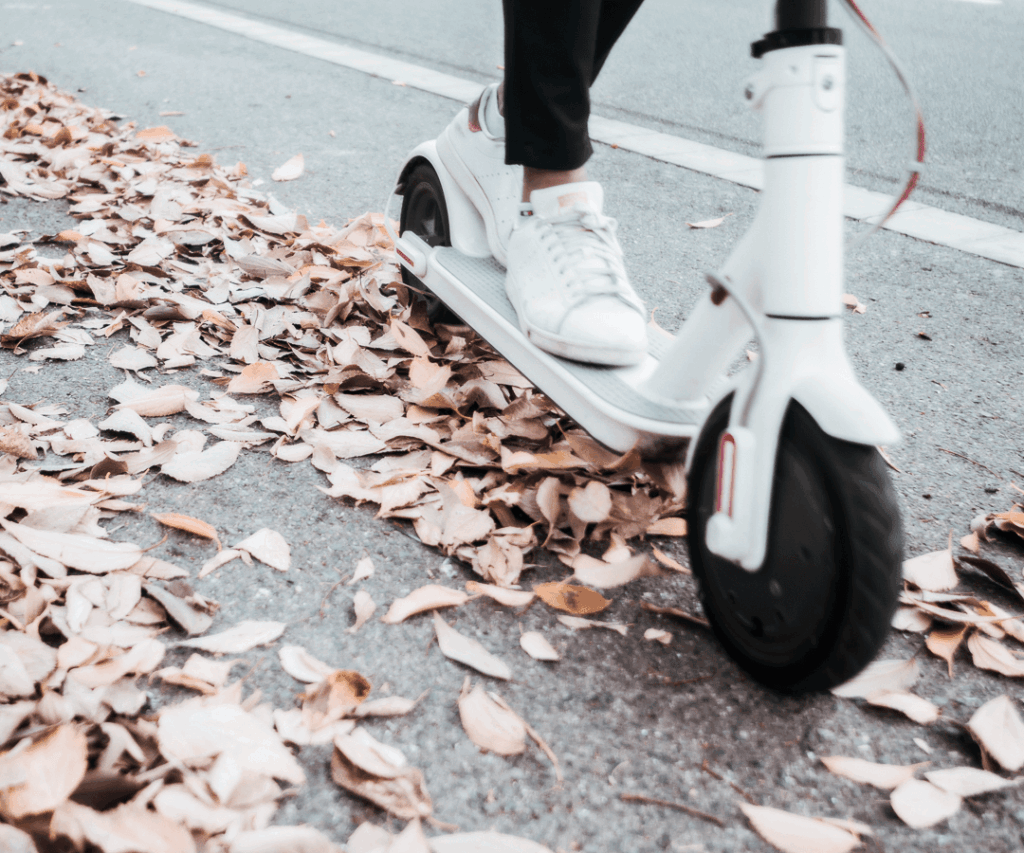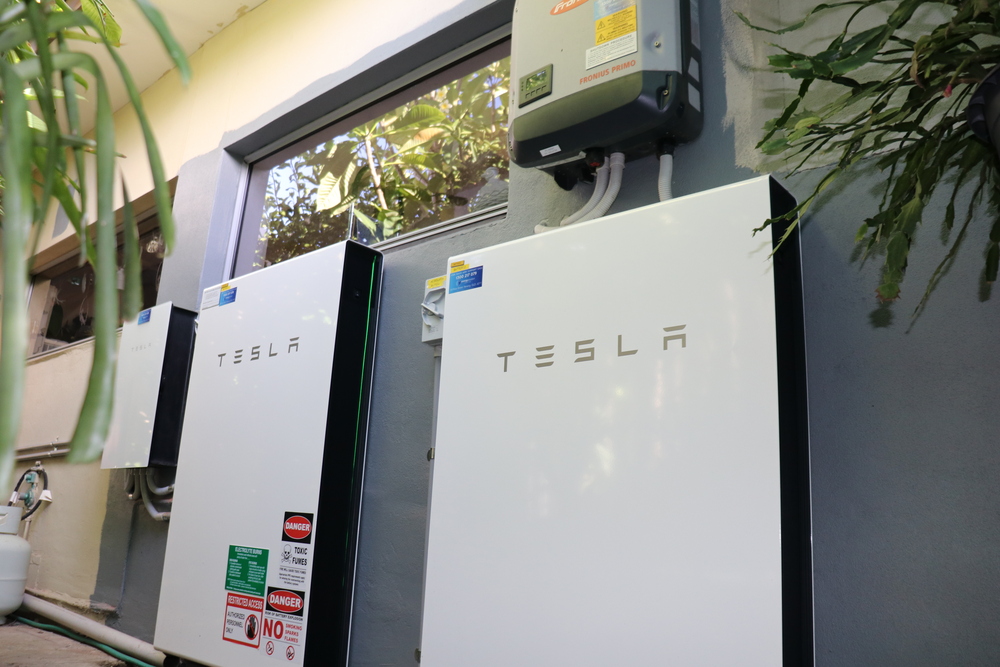Security cameras play a vital role in protecting our homes and businesses. However, to maximize their effectiveness, it is often beneficial to keep them concealed. This prevents potential intruders from disabling or avoiding the cameras, ensuring that your cctv installation services can capture all necessary footage. In this article, we will explore the best practices for concealing security cameras, providing you with the knowledge needed to enhance your security setup.
Choosing the Right Locations
Strategic Placement
The first step in concealing security cameras is selecting the right locations. Position your cameras in areas where they can cover the most ground without being easily noticeable. Ideal spots include high up on walls, under eaves, or nestled among plants and foliage. By placing cameras in elevated or obscured locations, you reduce the chances of them being detected by potential intruders.
Natural Cover
Utilize natural elements around your property to help hide your cameras. Trees, bushes, and other landscaping features can serve as effective covers. When positioning cameras, ensure they have a clear line of sight while remaining hidden within the natural surroundings. This approach not only conceals the cameras but also blends them seamlessly into the environment.
Using Disguises
Camouflaging with Common Objects
One of the most effective ways to conceal security cameras is by disguising them as common objects. This could include integrating cameras into outdoor lighting fixtures, smoke detectors, or even birdhouses. These disguises allow the cameras to blend into their surroundings, making them less likely to be noticed.
Specialized Camera Housings
There are numerous specialized housings available designed to conceal cameras. These housings mimic everyday items such as clocks, mirrors, and speakers. When selecting a disguise, ensure that it does not obstruct the camera’s view and that it blends well with the surrounding environment. This method provides effective concealment without compromising functionality.
Incorporating Technology
Wireless Cameras
Wireless cameras offer greater flexibility in placement compared to their wired counterparts. Without the need for cables, wireless cameras can be placed in more discreet locations. This reduces the risk of discovery and tampering. Ensure that the wireless signal is strong and secure to maintain reliable surveillance.
Miniature and Micro Cameras
Advancements in technology have led to the development of miniature and micro cameras. These cameras are significantly smaller than traditional models, making them easier to conceal. They can be hidden in tiny crevices, behind vents, or within decorative elements. Despite their size, these cameras often provide high-quality footage, making them an excellent choice for discreet surveillance.
Integrating with Existing Structures
Architectural Integration
Integrating cameras into existing architectural features can effectively conceal them. This could include placing cameras within door frames, ceiling moldings, or under roof tiles. By embedding cameras into the structure, you create a seamless appearance that is difficult to detect. Ensure that the integration does not interfere with the camera’s functionality or field of view.
Custom Built-in Solutions
For new constructions or renovations, consider custom-built solutions designed to conceal cameras. Work with architects and contractors to incorporate hidden cameras into the design of the building. This approach allows for optimal camera placement and concealment, ensuring comprehensive surveillance coverage without compromising aesthetics.
Utilizing Indoor Concealment
Hidden in Plain Sight
For indoor surveillance, hiding cameras in plain sight can be highly effective. This involves placing cameras within everyday household items such as picture frames, stuffed animals, or bookshelves. These items are common in most homes and provide excellent cover for hidden cameras.
False Objects and Fixtures
Create false objects or fixtures specifically designed to house cameras. This could include fake electrical outlets, vents, or air purifiers. These objects appear functional and ordinary, making them unlikely to draw suspicion. Ensure that the camera’s view is unobstructed and that the false object does not compromise its operation.
Regular Maintenance and Checks
Routine Inspections
Regularly inspect your concealed cameras to ensure they remain hidden and functional. Over time, natural elements or environmental changes may affect the concealment. Check for any obstructions or damage that could compromise the camera’s effectiveness.
Test the System
Periodically test your surveillance system to verify that all cameras are operating correctly and providing clear footage. This includes checking wireless connections, power sources, and storage devices. Regular testing ensures that your concealed cameras continue to provide reliable security coverage.
Conclusion
Concealing security cameras is a crucial step in enhancing the effectiveness of your surveillance system. By choosing strategic locations, using disguises, incorporating advanced technology, integrating with existing structures, utilizing indoor concealment methods, and performing regular maintenance, you can ensure that your cameras remain undetected while providing comprehensive security coverage.
Effective concealment not only protects your cameras from tampering but also increases the chances of capturing valuable footage in the event of a security breach. Implement these best practices to create a discreet and reliable surveillance system that keeps your property safe and secure.









